Acrylic Painting on Canvas Team Bonding Art Jamming Singapore Visual Arts Centre
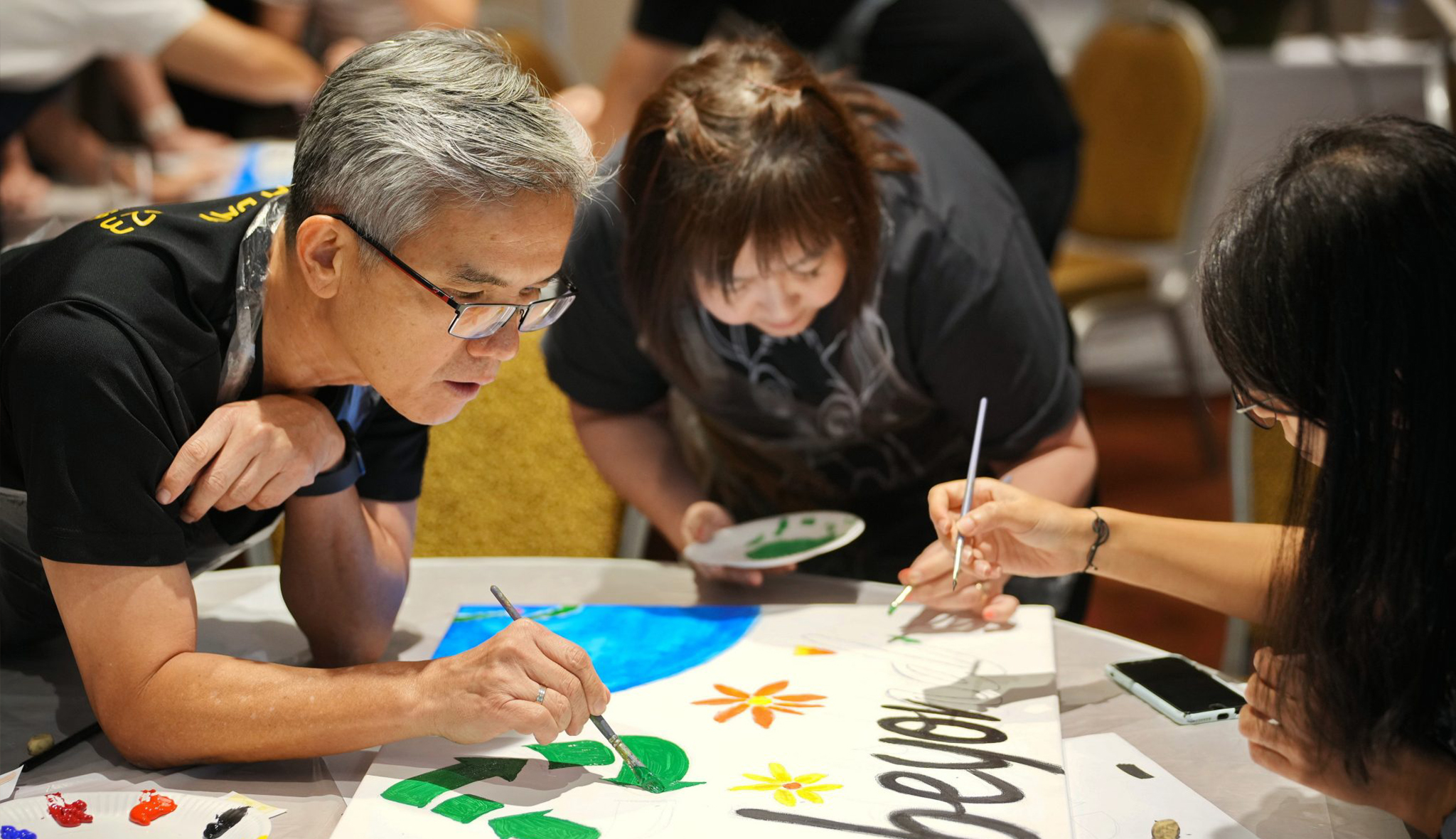
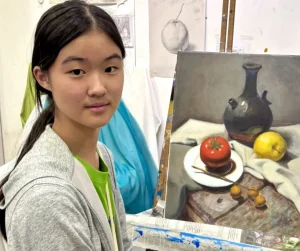






















Yeo Hoe Koon
Oil on Canvas
64 x 89.5 cm
Price Range: $16,000 - $20,000

Yeo Hoe Koon
Oil on Canvas
101 x 123 cm
Price Range: $26,000 - $32,000
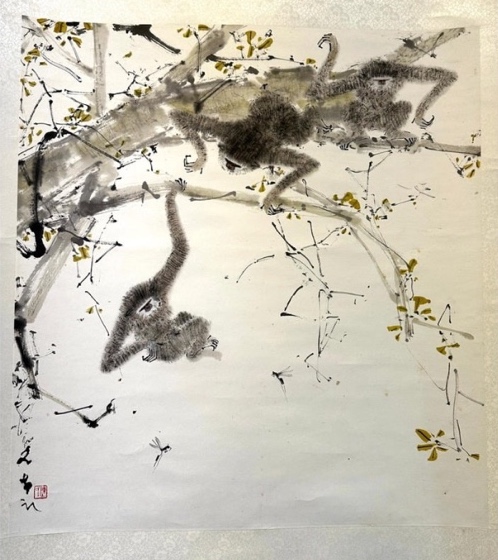
Chen Wen Hsi
Chinese Ink and Color on Paper
50 x 54cm
Price Range: SGD $42,000 - $50,000
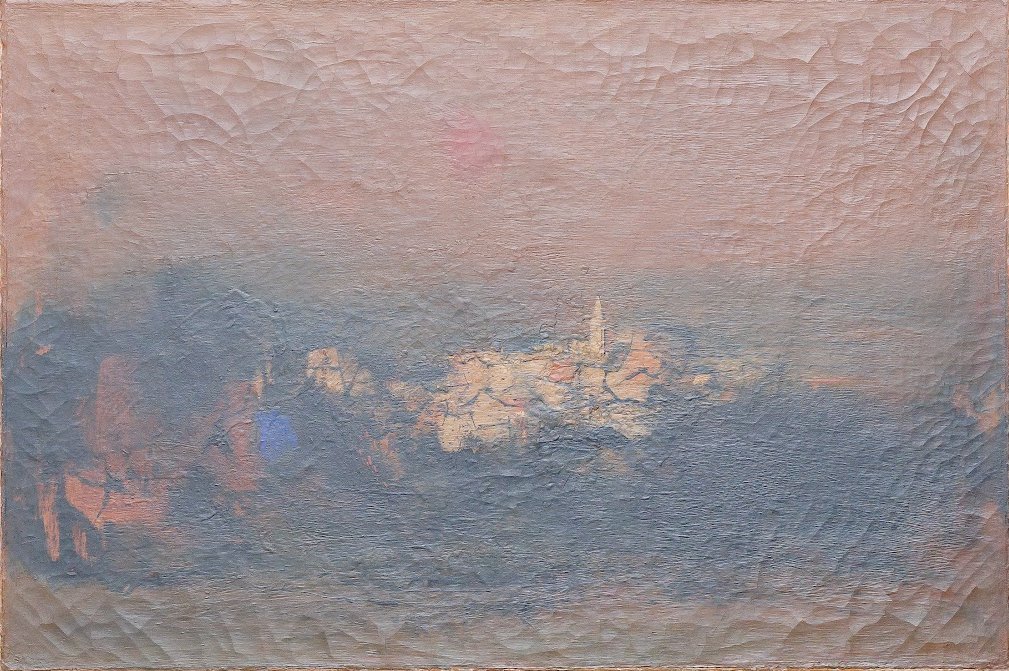
Cheong Soo Pieng
Red Tone
61 x 91.5cm
Price Range: SGD $108,000 - $138,000
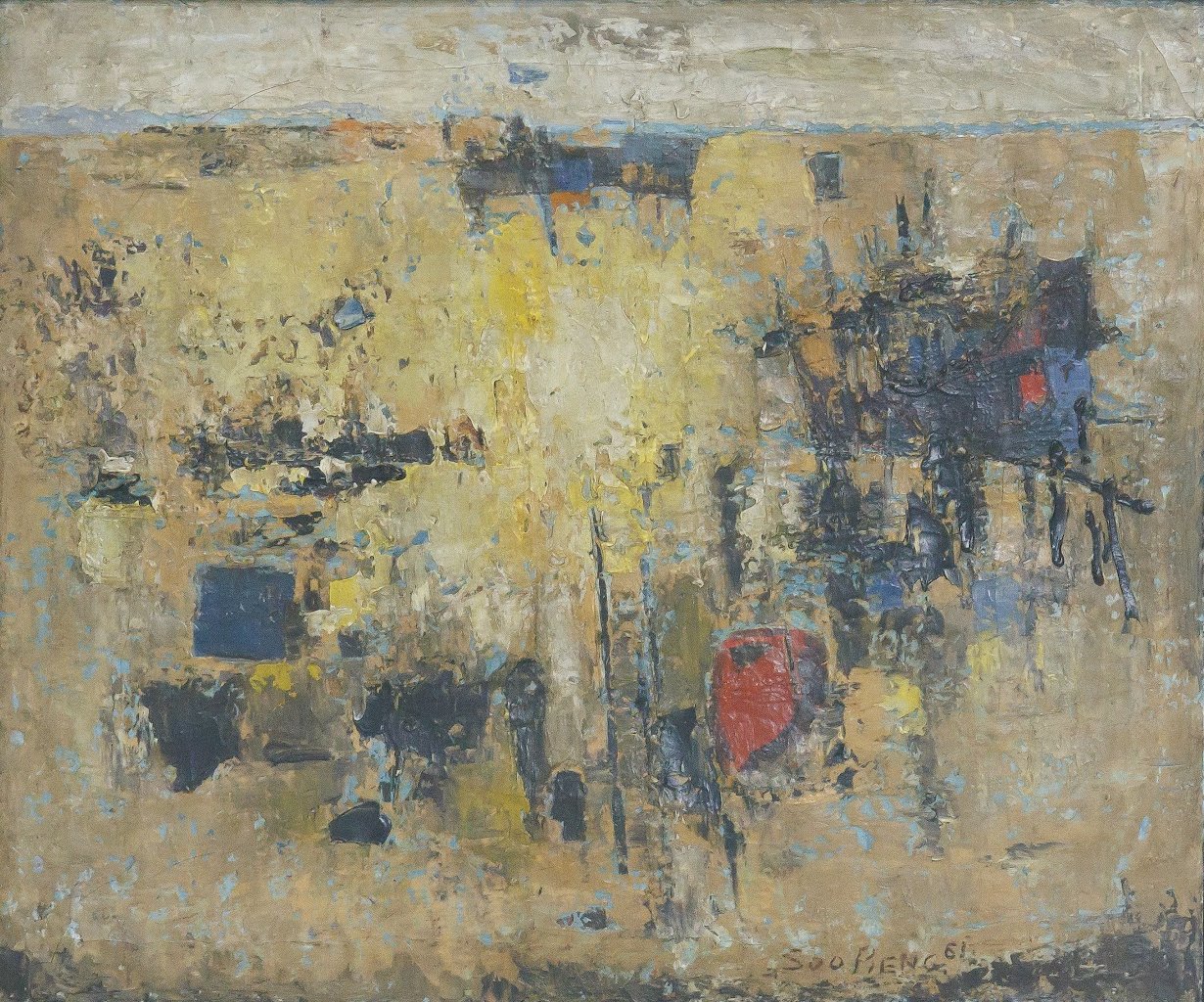
Cheong Soo Pieng
Abstract Landscape
50 x 61cm
Price Range: SGD $95,000 -$128,000
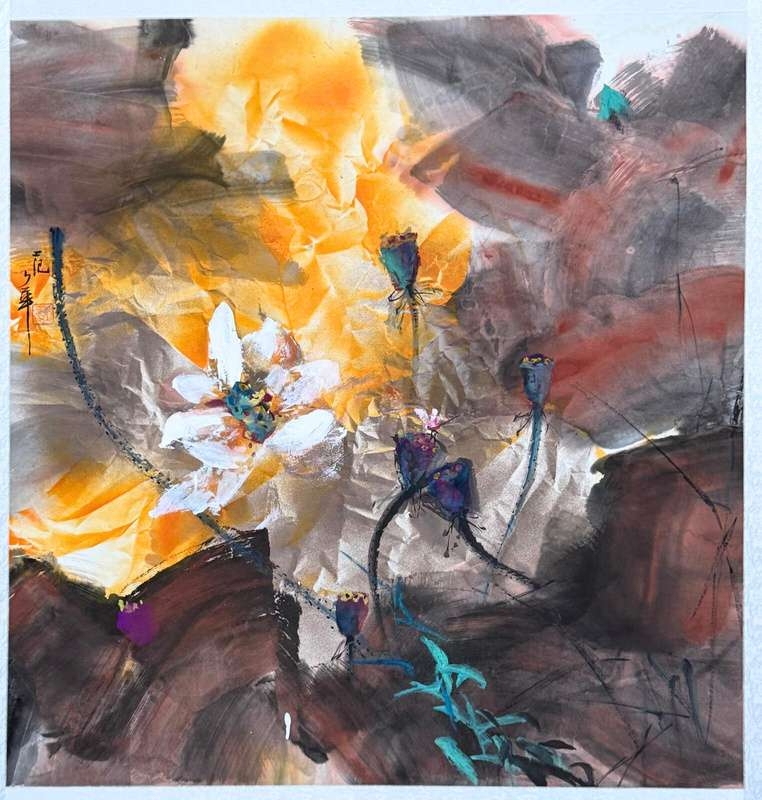
Fan Shao Hua
Chinese Ink and Colour on Paper
100 x 100cm
Price Range: SGD $9,800 - $14,800
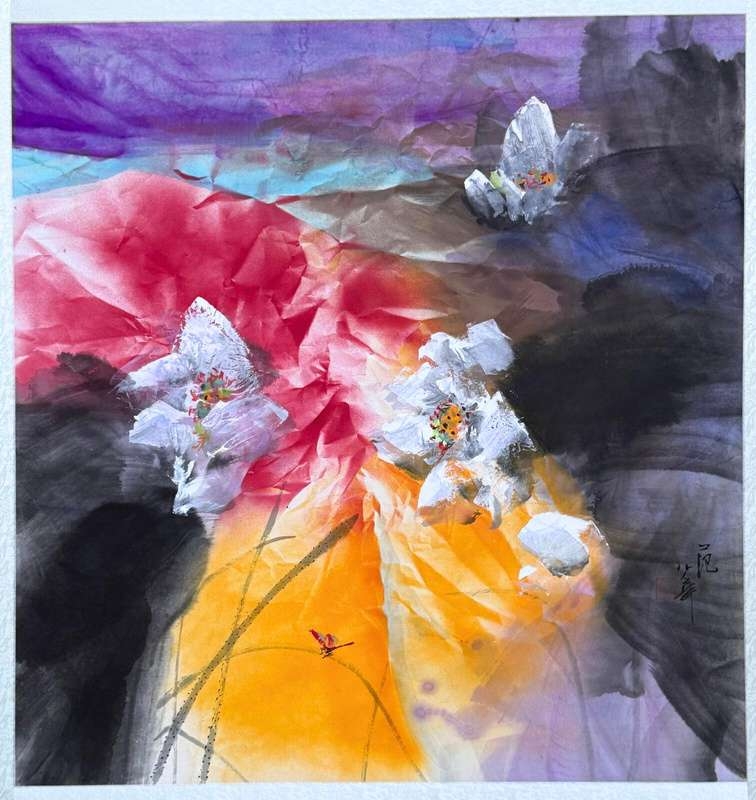
Fan Shao Hua
Chinese Ink and Colour on Paper
100 x 100cm
Price Range: SGD $8,800 - $13,800

An exhibition of artworks by 12 pioneers, aged 67 to 87, is on at the Visual Arts Centre
A number of pioneers of the modern art movement in Singapore 50 years ago are still painting and sculpting today.
Five painters in their 80s – Choy Weng Yang, Chieu Shuey Fook, Swee Khim Ann, Ho Ho Ying and Thomas Yeo – are exhibiting their old and new works at the Visual Arts Centre in Penang Road until next Tuesday.
The exhibition, titled Transcend: 50 Years Of Modern Art, pays homage to those who began, defined and fuelled the development of modern art in Singapore from the 1960s to 1980s. It is set up by gallerist Iola Liu and also features seven younger artists aged 67 to 77: Lim Leong Seng, Thang Kiang How, Low Puay Hua, Tay Chee Toh, Tan Ping Chiang, Sim Pang Liang and Leo Hee Tong.
Their stories are fascinating. Many swam against the tide, such as self-taught artist Swee, 82, who has been painting for nearly 70 years.
His parents could not afford art school, but his father’s business was to provide flags and posters for celebrations and events. “Whenever he needed any art or paintings, I would be doing it for him,” he says.
Transcend includes a total of 36 paintings, sculptures and mixed media works. None is for sale.
BOOK IT / TRANSCEND: 50 YEARS OF MODERN ART
WHERE Visual Arts Centre, 01-02 Dhoby Ghaut Green, 10 Penang Road
WHEN: Until July 11, 11am to 8pm daily
ADMISSION: Free
INFO: visualartscentre.sg
Works from older decades stand alongside contemporary creations and viewers are invited to appreciate how the artists have evolved.
There are signs of influence from older painters and indications of how each artist broke away.
Take Tay, 76, who studied at the Nanyang Academy of Fine Arts while Cheong Soo Pieng was teaching there, for instance.
Tay’s older, figurative paintings of the Dayak tribes evoke the lines and themes of Cheong’s work, but his newer pieces are surreal and abstract.
Ho started with plein-air outdoor works and calligraphy in the 1950s and moved into abstract styles in the 1960s. For the past 30 years, he has experimented with motion- painting techniques that involve pouring colours onto canvases.
He feels his age. “When I was younger, I had a lot of energy and could paint non-stop once my inspirations came. However, now that I am much older, I can paint for only several hours. Then I would have to stop to rest and continue the next day.”
His 80-something contemporaries, however, insist they are as fresh as ever. Choy, 87, is the oldest featured artist. He says: “Ironically, the older the artist, the better his art. His maturity gives him a wealth of advantages: technique with ease, his imagination sharpened, he is a wealth of artistic ideas.”
“I used simplified strokes to express my love of Cubism. I was exposed to snow in my days as a student, so I use a lot of white in my work to express the cold and serenity of snow. Nowadays, I produce works which are warmer in tone.”
“I prefer simplicity now that I am older. I enjoy creating large, abstract oil paintings. Composition is what I hope to express: using colours and the illusion of shapes and contours to express a balanced and comfortable composition.”
“Galaxy 2978 uses a singular shade of blue that is a personal favourite of mine. I use brush and airspray painting techniques. It allows me to be inventive in my expression of colours.”
“My early works were in aluminium, collage, metal relief, ink and oil. After the 1980s, I concentrated on ink painting and abstract calligraphy because of the numerous tones, immense depth and mystery of the ink medium.”
“This work was derived from calligraphy. I like acrylic and use it mostly for my works now. It dries quickly and allows me freedom of expression with my painting techniques, which involve pouring.”

“My later works have become brighter and vibrant. Bull Jump represents a bullish spirit. The warm colours used for the background depict the raw energy and hustle and bustle of a city.”
“This painting makes me feel carefree and relaxed. Perhaps this is how I feel now – free and expressive. My earlier works tended to more neutral and darker colours. My works now are brighter.”
“This work reflects the situation in Singapore as well as countries around our region – constant change and development, the noise, heat and dust that come with the construction.”
“This series represents the harmony of the multireligious and multicultural society in Singapore. The two environments that best portray this Singapore Spirit are coffee shops and hawker centres.”
“Afloat is my interpretation of what outer space and aliens look like. I enjoy both figurative and abstract styles. Abstraction allows me to put my ideas into new forms.”
“Painted in the spirit of Abstract Expressionism. I currently paint in oils and acrylic for their vibrant colours and expressiveness.”
Click and get to our WhatsApp
Embark on a captivating journey into the vibrant world of digital art! Our Foundation in Digital Art workshop invites budding creatives aged nine and above to unleash their imagination and hone their artistic skills in a dynamic, supportive environment. From mastering basic digital tools to crafting mesmerizing digital masterpieces, children will explore a spectrum of techniques guided by seasoned mentors. Through hands-on activities and interactive sessions, participants will discover the endless possibilities of digital expression while fostering creativity and critical thinking. Join us for an exhilarating adventure where young artists transform ideas into stunning visual realities, igniting a passion for digital art
In the Batik Introduction Handkerchief Painting workshop, participants will learn the traditional art of batik, a wax-resist dyeing technique originating from Indonesia. The workshop begins with a brief history and overview of batik, highlighting its cultural significance and various techniques. Participants will then observe a demonstration of applying wax with tjanting tools and dyeing the fabric. Following the demonstration, each participant will design and create their own batik handkerchief, applying wax to create patterns and then dyeing their fabric. The workshop concludes with a group discussion, allowing participants to share their creations and reflect on their learning experience.